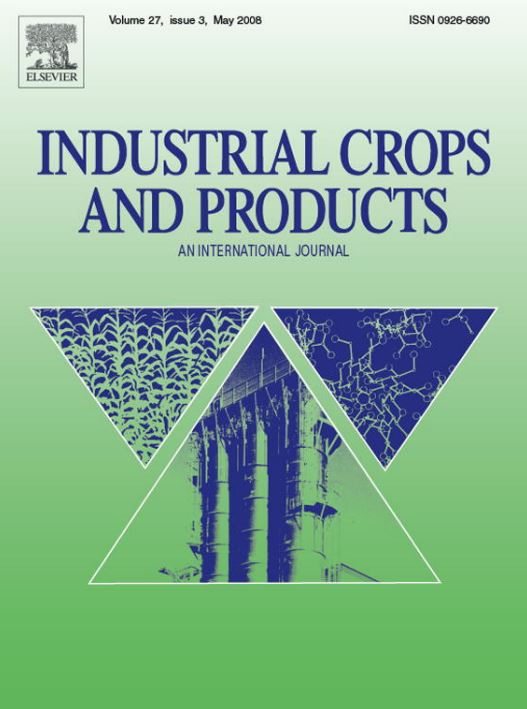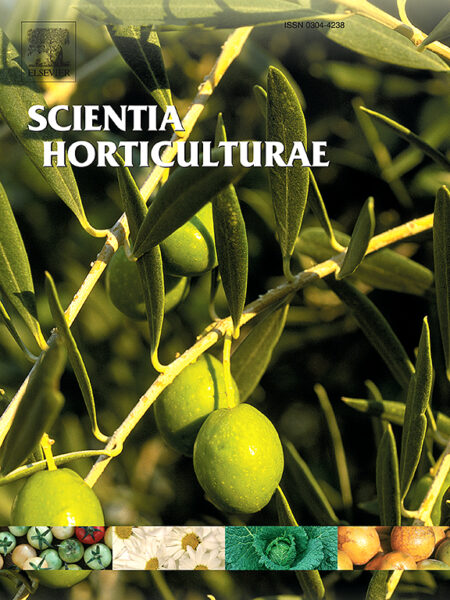Abstract
Conventional micropropagation of cannabis struggles with excessive callus hyperhydration, slow growth, low rooting efficiency, and high contamination risk, all of which greatly restrict its feasibility for large-scale propagation. In contrast, photoautotrophic micropropagation (PAM) has emerged as an efficient and cost-effective propagation strategy that can significantly enhance plantlet growth and improve seedling quality by optimizing the LED lighting environment. This study investigated the effects of four light intensities (50, 100, 150, and 200 µmol m−2 s−1) and three photoperiods (16, 20, and 24 h d−1) on the growth and rooting of two medicinal cannabis cultivars (the short-day cultivar ‘Charlotte’ and the day-neutral cultivar ‘Auto Charlotte’). Cluster analysis revealed that plantlets grown under the photoperiod of 20 h d−1 and light intensity of 100–150 µmol m−2 s−1 exhibited optimal growth performance in terms of plant height, root length, leaf number, leaf area, biomass, and root activity. Moreover, increasing the light intensity from 50 to 100–150 µmol m−2 s−1 significantly enhanced net CO2 exchange rates by 41.5% and 204.9% for Charlotte and Auto Charlotte, respectively, along with corresponding increases in dry matter accumulation of 44.3% and 27.9%. However, the plantlets exhibited photooxidative damage under continuous lighting and light intensity of 200 µmol m−2 s−1, as evidenced by reduced photosynthetic pigment content and suppressed antioxidant enzyme activity. Therefore, PAM of medicinal cannabis is recommended under the LED lighting environment with light intensity of 100–150 µmol m−2 s−1 and photoperiod of 20 h d−1 to achieve optimal growth and rooting. These findings provide essential technical support for the large-scale propagation of vigorous, disease-free female plantlets with well-developed root systems and high genetic uniformity, thereby meeting the stringent quality standards for planting materials in the commercial cultivation of cannabis for medical and pharmaceutical use.




